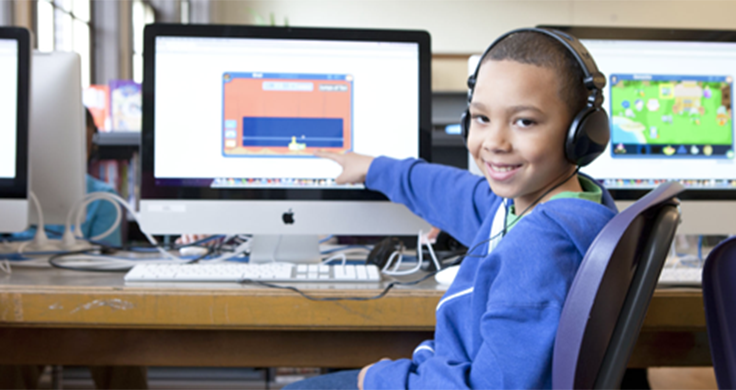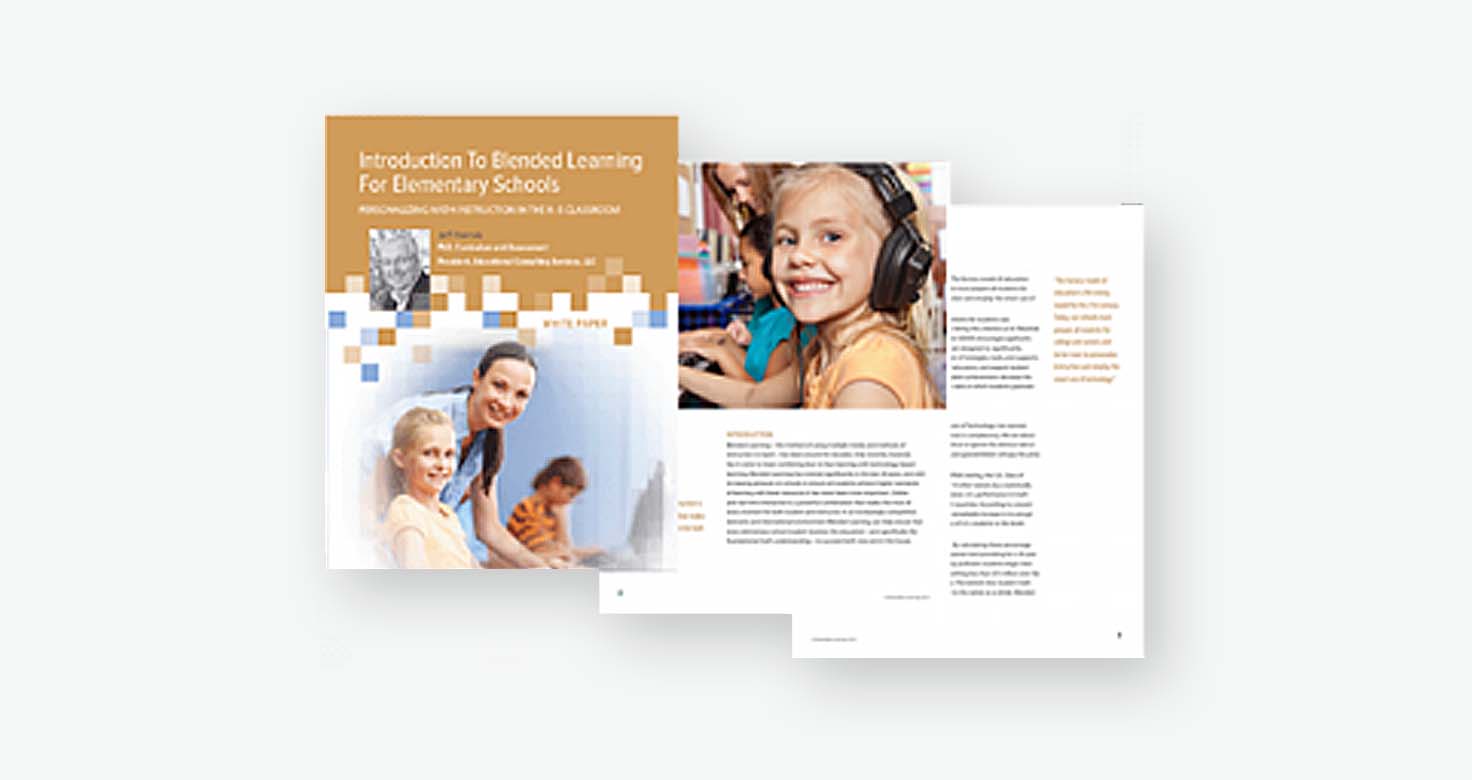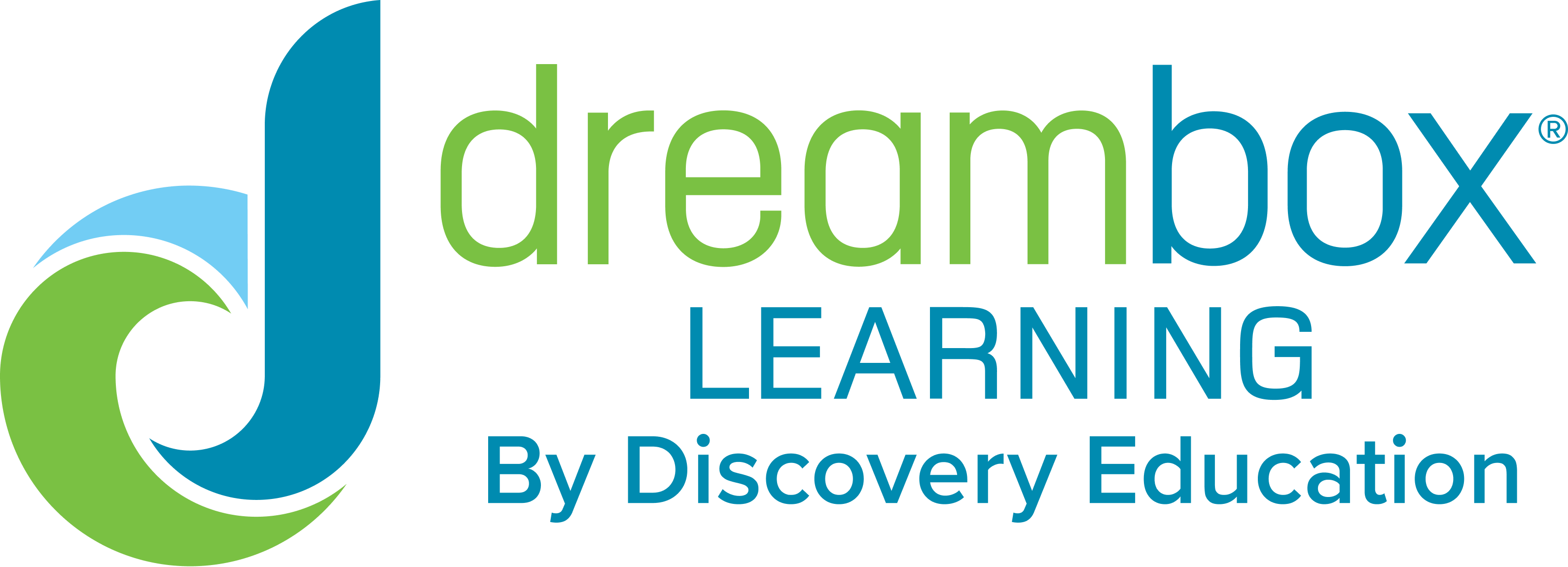
When K–12 educators and administrators consider implementing a blended learning approach in their schools, they quickly realize there are many decisions to be made before plunging right in. While this school model can do a great deal to personalize learning and help schools meet the challenges that come with growing class sizes and shrinking budgets, it can’t be implemented overnight. Like most substantial changes, designing a blended learning program involves a major shift in thinking—but it’s a reachable goal if the parties involved come together to make the following important decisions.
Entry Point & Purpose
First, it’s critical to determine a proper entry point for phasing in blended learning. Decide which students, classes, grade levels, schools, or teachers would benefit most from leveraging technology to improve teaching and learning. Perform a needs assessment of each school within the district and determine whether certain grade levels or students would benefit from piloting the blended learning program. Student achievement data should be a primary consideration. For example, if the Common Core transition is going to be especially challenging for third grade teachers, and last year’s second and third grade achievement scores were low, then third grade could benefit from technology support—especially if there aren’t enough resources to support students.
Learning Goals & Content
While the excitement of blended learning will likely make everyone eager to talk about software and hardware right away, the guiding force must be student learning goals and district objectives. As these goals and objectives are articulated, whether they are Common Core State Standards or others, they must act as the sounding board for selecting both print-based and technological learning resources.
There’s an ever-expanding array of content options that allow school districts to blend online learning with face-to-face teacher interaction. And to ensure the success of all students, the quality of digital learning experiences must be considered just as important as the quality of classroom learning experiences. Many educators and administrators choose adaptive learning software like DreamBox because it is engaging and standards-aligned. In addition, adaptive learning programs alter instruction in real time to meet the academic needs of individual students.
Model, Schedule & Devices
There are four basic models of blended learning from which to choose: rotation, flex, à la carte, and enriched. Usually, the type of digital lessons that are chosen will inform the selection of a model and schedule. The rotation model has four different approaches: station rotation, lab rotation, flipped classroom, and individual rotation. Different blended learning models have been developed because each school and district, like its students, has unique needs and circumstances. In addition, student age is also an important variable. Effective models for elementary students may differ from the approaches at the high school level.
Because the learning software and programs will have already been selected, schools can begin to evaluate their technological capabilities and determine if new devices will need to be purchased. This way, schools don’t find themselves wondering what software to purchase for their new hardware. While some learning programs are compatible with laptop and desktop computers, not all can be used on tablets. Be sure that screen size and resolution are compatible with the content that has been selected.
Teacher Roles & Professional Development Support
Implementing blended learning will shift the role of teachers in the classroom. A blended approach to education empowers teachers to assume the role of “facilitator of learning more.” I like to think teachers can become the CFO (Chief Facilitation Officer) instead of the CEO (Chief Explanation Officer). It’s critical to work with teachers to help them make the best use of classroom time and ensure whole group class time is used for the types of interaction and community work that can only be accomplished when all of the students are together.
As teachers adjust to new academic standards and a different approach to schooling through blended learning, administrators must provide teachers with adequate professional development to make sure all elements of the classroom are effectively advancing student learning. This can take the form of after-school seminars, conversations via social learning platforms, or establishing professional learning networks. Teachers can use these avenues to learn best practices, share their successes, or receive help in areas where they wish to improve. Building strong support networks is a key component of ensuring a successful switch to blended learning. There also needs to be considerable superintendent leadership, as well as support from the school board, teachers, unions, and principals. Conversations with the community about blended learning should begin a full year prior to implementation.
Timeline & Funding
Timing and funding when implementing a blended learning model are both important, and making these decisions might seem like the first steps to take instead of the last. However, when learning is the primary focus, these factors must be aligned with the established learning goals, technology needs, and required professional development. Also, limited funding or access to funds in a particular year might impact the timeline. But both timing and funding will be strategic when they are specifically planned backward from the other components, which were themselves planned backward from the set goals of student learning.
When planning a timeline, school districts can implement the new blended learning model all at once, or phase it in gradually over several years. The phase-in process could occur by subject, grade level, or school, and the implementation timeline will certainly be affected by a number of factors, including access to technology and funding.
In terms of funding, although the start-up costs can be expensive, blended learning often saves school districts money in the long run. Schools can boost affordability by phasing in changes over several years, using Title I funds for computers and software, and applying for grant funding. However, the shift to blended learning may not be as expensive as school districts think: student laptops could cost as little as $250 per child.
Has your school district decided to make the switch to blended learning? What big decisions have you had to make?

Introduction To Blended Learning For Elementary Schools:

Tim Hudson










